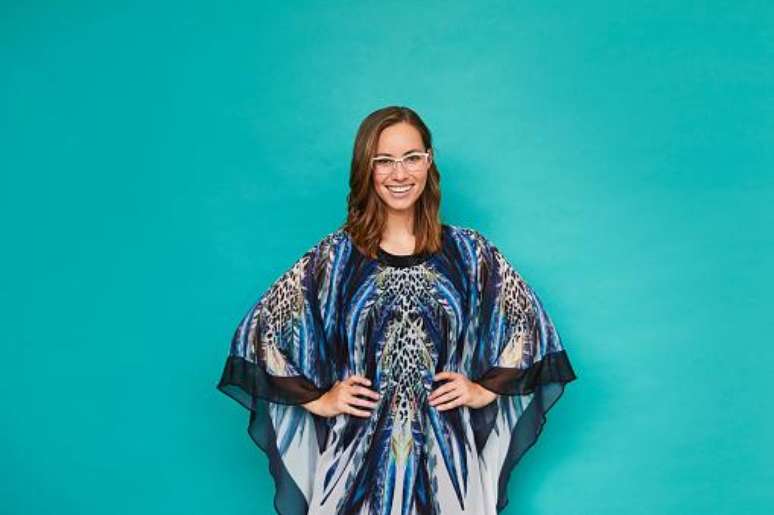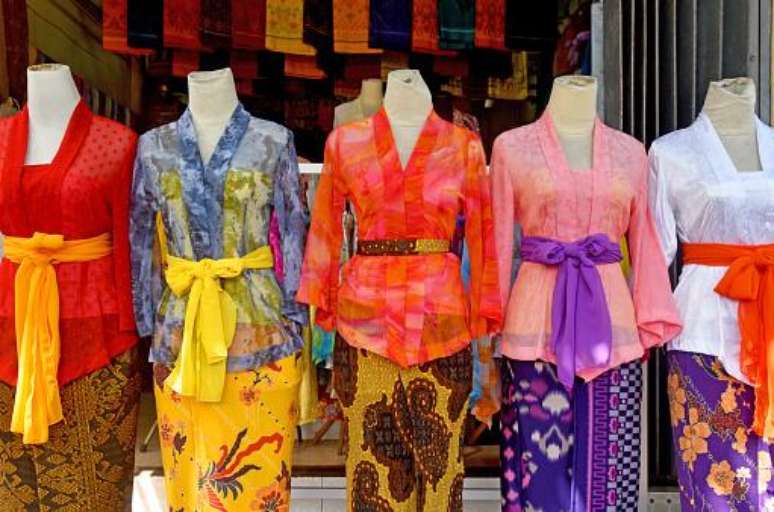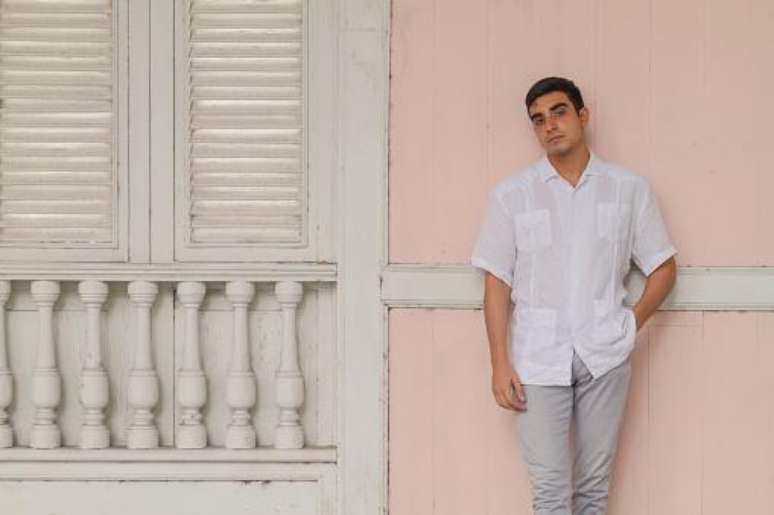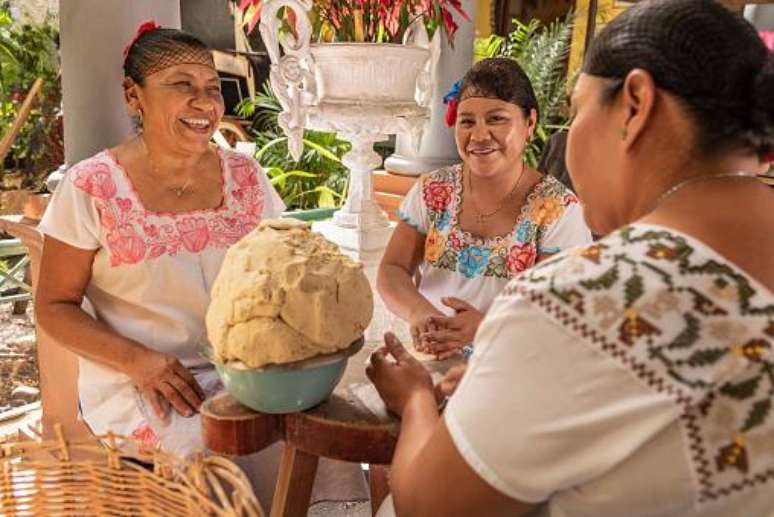It’s common for many travelers to wear berets to stroll around Paris or purchase floral shirts to stroll along the beaches of Hawaii. However, to what extent can trying to dress like residents of a certain region be considered cultural appropriation, rather than cultural appreciation? There is a fine line in this regard and it all depends on the local population.
Depending on one’s attitudes, what should be an act of homage to a people can be interpreted as clearly offensive or insensitive, especially if an item of clothing features some religious symbolism. With this in mind, we’ve put together a list of five cultures that invite you to dress up and join the party!
1. Aloha Shirt – Hawaii
Those who have already traveled to Honolulu will have noticed that the Hawaiian beaches are full of shops selling the most diverse artefacts, including the famous Aloha t-shirts. These iconic short-sleeved blouses with whimsical prints can put anyone in a holiday mood, as well as being a symbol of local culture.
These dresses originated in the islands in the 1930s, often made by Japanese immigrants using kimono fabric. The prints began to reflect Hawaiian culture: canoes, rainbows, surfers, and so on. Therefore, there is no problem using one while traveling.
2. Caftans – North Africa and the Middle East

Caftans, described in the Bible as cloaks that reached below the knees, had been worn since ancient Mesopotamia. Generally long-sleeved and buttonless, these garments were worn by sultans and high-ranking officials during the Ottoman Empire between the 14th and 18th centuries.
Today, men and women in the Middle East and North Africa wear caftans in styles ranging from formal to everyday. Therefore, this is an item of clothing that can be used by tourists!
3. Kebayas – Southeast Asia

Considered a descendant of caftans, the kebaya is a jacket-style blouse with a built-in panel that arrived in Southeast Asia via maritime trade routes and was popular among women. This type of clothing is often worn in the region at special formal events and weddings.
In Singapore, kebayas come in pastel rainbow colors, embroidered with floral prints. Although traditionally worn with a matching sarong, these tops can be worn over dresses, skirts or even jeans.
4. Guayaberas – Latin America

If you’re going to a wedding or other important celebration in Mexico, Cuba, or Guatemala, chances are that many people in attendance are wearing a linen or cotton guayabera shirt. These shirts have pointed collars, four pockets and embroidered pleats.
It is known that this garment originated in the 18th century, but its history is unknown. Some stories say that the pockets were made to store guavas, which would explain its name. In any case, wearing the guayabera is not offensive at all and can fit very well into the local culture.
5. “San Antonino” dresses – Mexico

Embroidered with cut-out flowers and leaves, San Antonino’s colorful clothing is part of the local history of Texas, a North American state with great Mexican influence. These dresses are named after San Antonino Castillo Velasco, the picturesque town in Mexico from which they come.
Also worn on the Day of the Dead, these clothes are not off-limits to tourists, as they help preserve the work of artisans and encourage local culture.
Source: Terra
Ben Stock is a lifestyle journalist and author at Gossipify. He writes about topics such as health, wellness, travel, food and home decor. He provides practical advice and inspiration to improve well-being, keeps readers up to date with latest lifestyle news and trends, known for his engaging writing style, in-depth analysis and unique perspectives.








